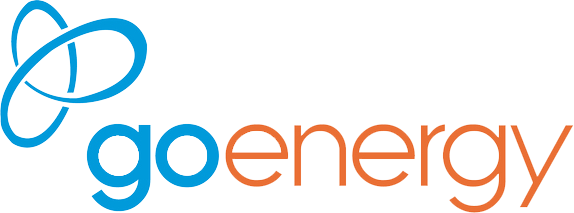 Photo by zorandimzr/iStock / Getty Images
Photo by zorandimzr/iStock / Getty Images
On a Union Gas direct purchase contract, accounts must balance at least 3 times per year:
- At contract year end
- Winter checkpoint: February 28
- Fall checkpoint: September 30
Currently the Dawn storage facility in southwestern Ontario is near capacity (posted max capacity is 279 Bcf). This is causing the utility – Union Gas – to currently restrict activity. Typically storage injections and withdrawals occur seamlessly every day. Now however, only certain types of interruptible storage activity is allowed.
Current restrictions
Due to high demand for storage injection services Union Gas is restricting activity. Transactions can still be requested however chances are lower tiered interruptible transactions will be cut. Here are some examples of different storage services and the priority ranking:
- Firm In-franchise Storage and Distribution services and firm Ex-Franchise services
- In-franchise Interruptible Distribution storage services
- Balancing (Hub Activity) <= 100 GJ/d; Balancing (Direct Purchase) <= 500 GJ/d
- Balancing (Direct Purchase) > 500 GJ/d
- Balancing (Hub Activity) > 100 GJ/d
Overall importance of Dawn storage to North America
The Dawn Hub is an underground natural gas storage and market centre near Sarnia, Ontario operated by Union Gas since the late 1950s. Ten major pipelines currently connect to the Dawn Hub making it one of the most liquid natural gas trading points in North America with trading activity increasing every year. Dawn storage is the largest underground natural gas storage facility in Canada.
Shale gas has influenced the price of natural gas everywhere, including Ontario, however, currently shale gas production from the Northeast US has limited connecting pipeline to Dawn or Ontario. The demand for gas in Ontario has decreased because supply from US shale has offset the supply from Ontario. Traditionally gas flowed from Alberta, through Ontario and onto the US northeast. This is changing as new pipelines become operational. More pipelines are connecting US shale gas to Ontario and expanding the activity at Dawn.
All North American energy marketers are active at Dawn and over 100 companies actively trade at Dawn. (Union Gas)
Utilities and customers obtaining access to dawn storage
Dawn is important for natural gas buyers as each year the local utilities are increasingly accepting more gas transactions at Dawn as they reduce their reliance on gas supply from the Western Canadian Sedimentary Basin (Alberta) and increase reliance on supply sourced at Dawn or upstream of Dawn.
As of November 2016, the Quebec gas utility, Gaz Metro, accepts gas only from Dawn as they have phased out TCPL completely. This is a huge change since previously, Gaz Metro only accepted base obligated deliveries from TCPL (Empress).
For Union Gas south, all new direct purchase customers as of January 1, 2017 will be allocated 100% Dawn as the obligated delivery point. As part of a continuing shift to move obligated deliveries from Parkway to Dawn, Union Gas is expected to offer the next shift sometime in 2017.
Union Gas north is planning to begin shifting some of the obligated delivery points from Empress to Dawn in January 2017 and will reallocate delivery points every November 1 to reflect Union Gas’ upstream transportation portfolio.
Enbridge implemented two phases for different customers. Phase 1 began in November 2015 allowing customers to shift their obligated deliveries to Dawn on a limited basis. Phase 2 begins in November 2017 and will allow more customers to select Dawn as a delivery point.
Natural gas storage – how it works
Underground storage facilities are depleted reservoirs in oil and/or natural gas fields, aquifers, and salt cavern formations. Dawn storage is made up of 23 individual reservoirs about 500 m underground. All reservoirs are connected by a gathering system and then connected to the utility pipeline system. Nine large compressors move natural gas to and from the reservoirs. Storage injection season typically begins April 1st and ends October 31st . On November 1st withdrawal season begins thereby allowing a constant flow of natural gas during the high demand heating season and low demand summer season.
Summary
Dawn storage is currently near capacity and gas prices are low compared to just a few weeks ago. This winter is still expected to be colder than normal with a La Nina weather forecast. The Union Gas February checkpoint will arrive quickly and if this winter is anywhere near the forecast, prices will be strong for February balancing gas. This winter more gas will be able to move from Dawn to the Toronto area and further north. This could lead to stronger demand at Dawn and offer basis strength to the hub.

